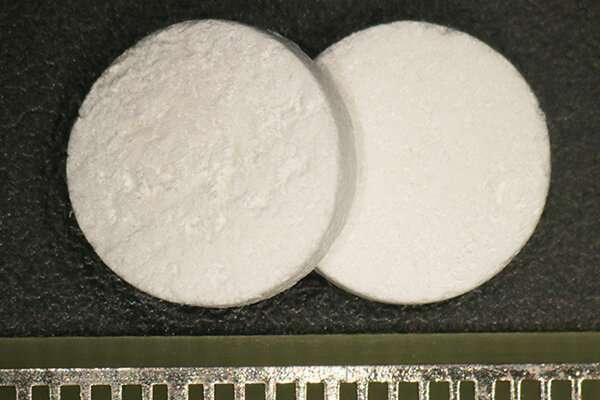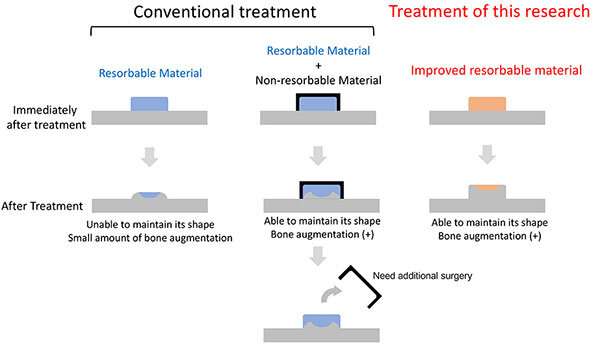New bone-graft biomaterial gives patients a nicer smile and less pain

A new recipe for a bone-graft biomaterial that is supercooled before application should make it easier to meet dental patients' expectation of a good-looking smile while eliminating the pain associated with harvesting bone from elsewhere in their body.
The findings were published in theJournal of Biomedical Materials Research Part B: Applied Biomaterialson Apr 2, 2020.
Patients missing teeth don't just want a restoration of function. Above all, they want a tooth replacement that gives them a nice smile.
"The exacting aesthetic demands of the patient make a procedure that is already difficult for clinicians—due to the tricky anatomy of these parts of the mouth—even more challenging," says Shinji Kamakura, a professor from the Bone Regenerative Engineering Laboratory at Tohoku University.
To overcome these challenges, clinicians have tended to employbone graftsusing non-essential bits ofbonetaken from other parts of the same patient such as the chin or pelvis, a process called autologous grafting. Unfortunately, this requires additional surgical sites, increases pain for the patient at that site, and there is also just a very limited amount of non-essential bone!
Synthetic alternatives made of minerals that already appear in the body but with similar mechanical properties to bone are sometimes used for other types of bone grafts. But these biomaterial substitutes have low bone regenerative properties compared to the gold standard of autologous grafts.

The conventional recipe for an OCP/Col preparation still runs into problems with appositional bone growth, or increase in width, due to compressional stress on the material from the bone itself, so OCP/Col has been supported by a Teflon ring structure in order to retain its shape while the bone is forming. But Teflon is not a material that can be absorbed by the body and ultimately needs to be removed.
To get around this, professor Kamakura and his colleagues developed a recipe for OCP/Col that increases its density, and supercooled it withliquid nitrogendown to -196°C before application on their rodent test subjects, producing the bone shape retention dental surgeons are looking for.
The researchers now intend to test the recipe on larger animals and then engage inclinical trialsin humans.
In the last 15 years, a new alternative bone-substitute, octacalcium phosphate, which provides the basis of the mineral crystals that make up bone, has appeared combined with collagen (OCP/Col) as a likely candidate because it has bone regenerative properties superior to earlier substitutes. Following years of clinical trials, commercialization of OCP/Col for oral surgery was recently approved in Japan.
更多的信息:Toshiki Yanagisawa et al. Influence of pre-freezing conditions of octacalcium phosphate and collagen composite for reproducible appositional bone formation,Journal of Biomedical Materials Research Part B: Applied Biomaterials(2020).DOI: 10.1002/jbm.b.34613




















